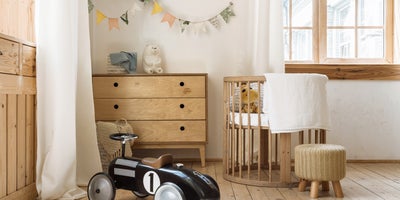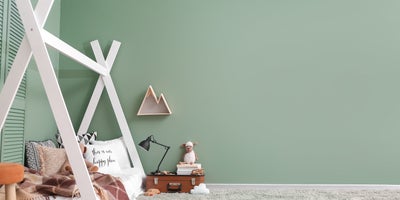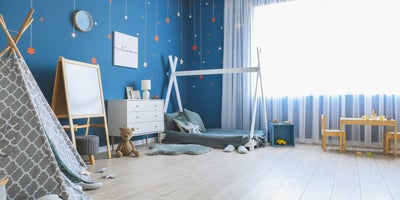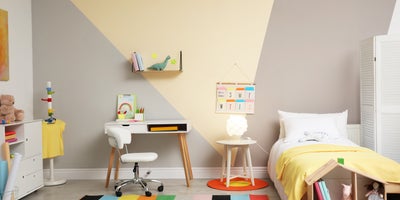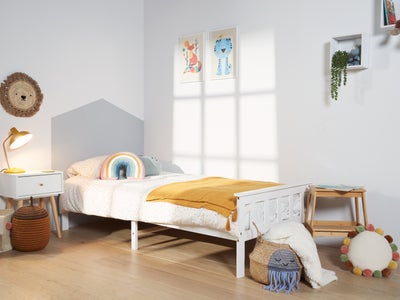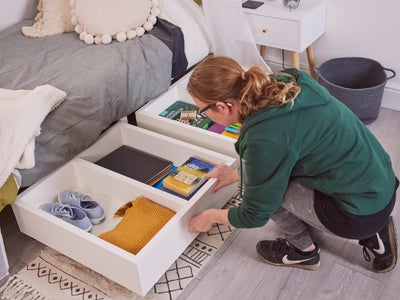Best colour schemes for children’s bedrooms

Our environments impact our mood and behaviour, with plenty of different aspects playing a part including colour. Kids are even more sensitive to their surroundings, so think about it from that perspective as well as a design one when thinking about colour schemes for their bedrooms.
Shop the Range

